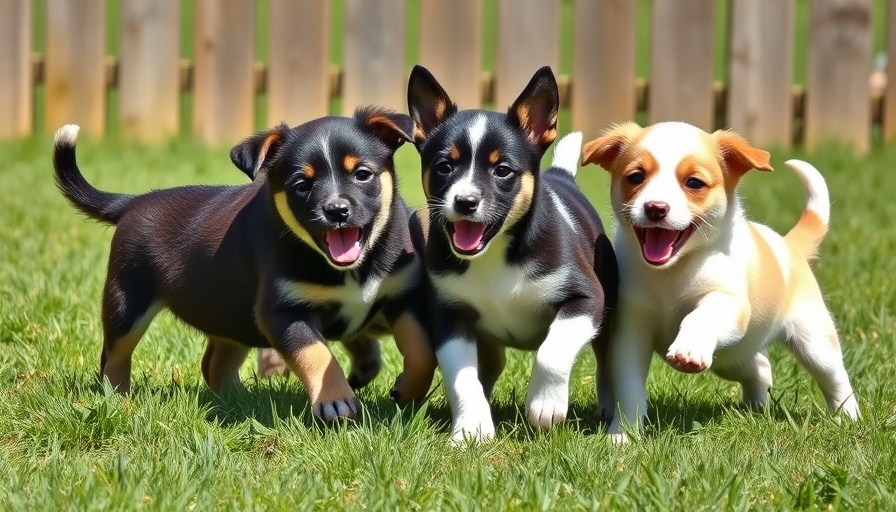
Why Celebrate Your Dog's Birthday?
For many dog owners, celebrating a pet's birthday is more than just a fun occasion; it's a celebration of companionship and unconditional love. As owners, we cherish our pets as family members, and special events like birthdays offer a delightful opportunity to express our affection. For my rescue dog, Tiny, I take pride in creating a memorable experience by whipping up a homemade birthday cake that caters to his sensitivities.
Understanding Dog Dietary Needs
While it's tempting to treat your pup to human cakes, you should avoid traditional cakes made with sugar, dairy, and chocolate, all of which can be harmful. Dogs' digestive systems are often sensitive to rich ingredients meant for humans. Instead, consider easy-to-make, dog-friendly cakes using ingredients that are not only safe but also healthy and satisfying for our four-legged friends.
My Go-To Grain-Free Dog Birthday Cake Recipe
This year, I experimented with a grain-free peanut butter and apple cake specifically designed for dogs like Tiny who have sensitivities to grains and dairy. Here’s the simple recipe:
Ingredients:
• 1 cup of oat flour (or suitable flour for your pup)
• 1 cup of unsweetened apple sauce
• 1/2 cup of xylitol-free peanut butter
• 2 eggs
• 1 tsp of baking soda
• Optional: 1/2 cup of shredded carrots or mashed banana for extra flavor
Instructions:
1. Preheat your oven to 350°F (175°C).
2. In a mixing bowl, combine the oat flour and baking soda.
3. In another bowl, mix the peanut butter, apple sauce, and eggs until smooth.
4. Gradually add the dry ingredients and mix well until combined.
5. Pour the batter into a greased round cake pan and bake for 30-35 minutes.
6. Let it cool, and you may decorate with additional peanut butter for an extra special touch!
Food Safety Tips for Pet Treats
When preparing food for your dog, safety should always come first. Here are a few essential tips:
- Ensure all ingredients are fresh and free from any harmful additives.
- Double-check for any allergies your dog may have with certain foods.
- Keep all human food items that are toxic to dogs, such as chocolate, grapes, and onions, out of the kitchen when baking.
Connecting with the Dog Owner Community
Sharing your dog’s special day can be a way to connect with other pet owners. Many dog-friendly bakeries also offer unique cakes and treats that cater to various dietary restrictions.
Making Memories with Dog-Friendly Celebrations
Creating dog-friendly desserts is not just about the cake; it’s about the memories we make as we celebrate our pets. From decorations to doggy party hats, every little detail counts toward building an unforgettable experience for our furry companions. Sharing these moments on social media can also inspire other dog owners to celebrate their pets' birthdays with homemade goodies.
Final Thoughts and Call to Action
Whether it's for a birthday or just treating your pup “just because,” we can make tail-wagging delights that keep our dogs smiling. I encourage other pet owners to try baking their own dog birthday cakes and share your creations! For more insights and updates on dog care and nutrition, don’t forget to follow along and join our community!
 Add Row
Add Row  Add
Add 




Write A Comment